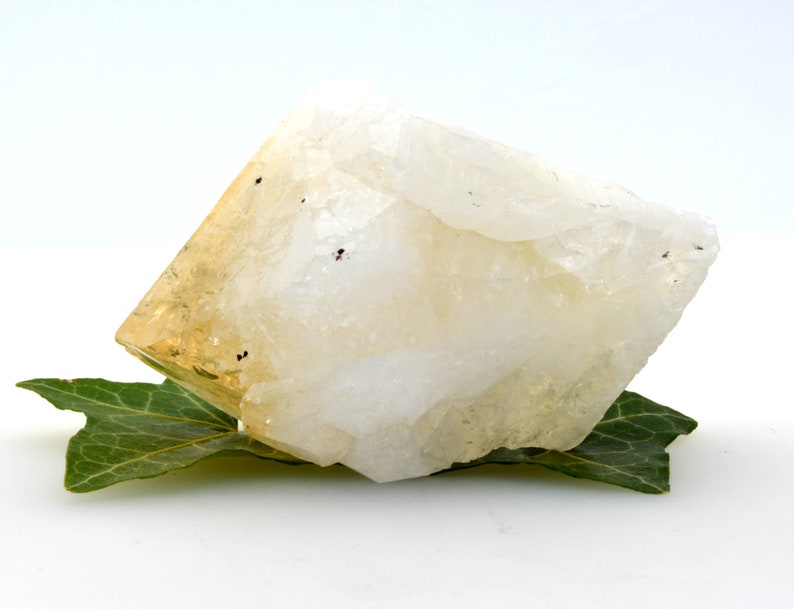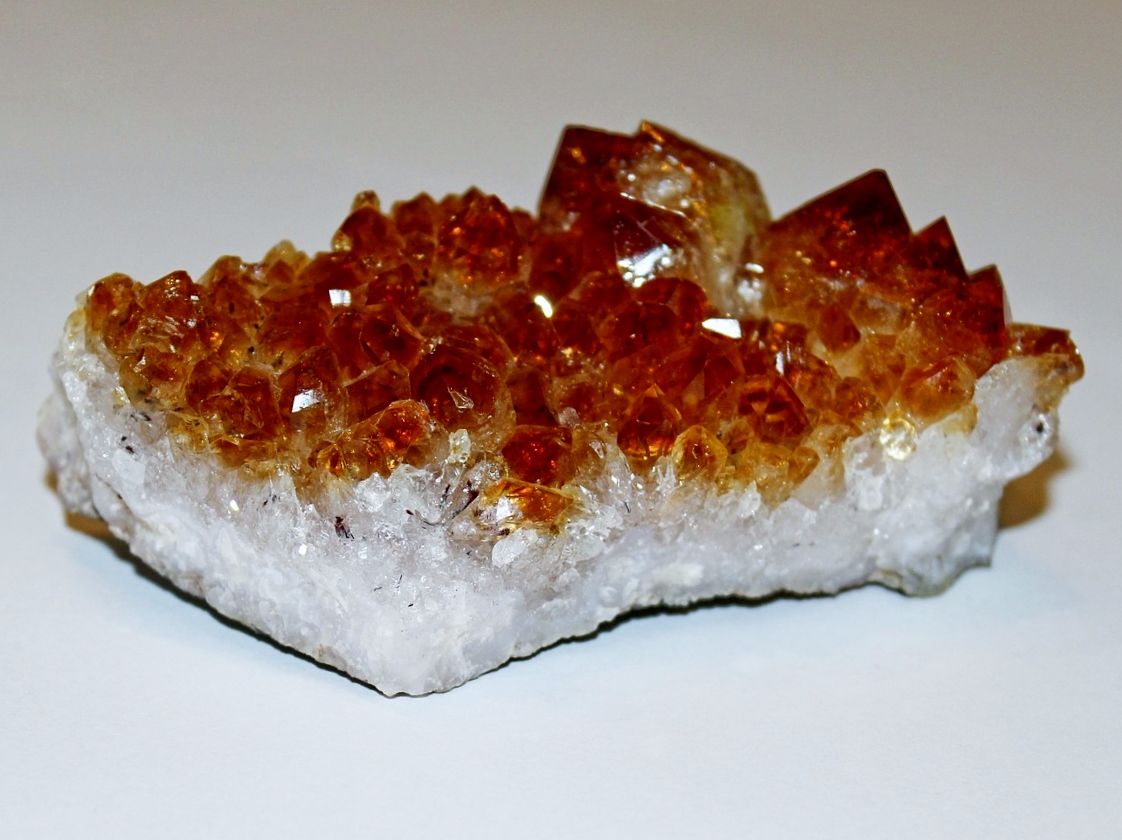

Heat-treated amethyst has the advantage of being highly stable under dark conditions.

However, if you are willing to pay a little more for a genuine piece of amethyst, you will get a truly unique and beautiful gemstone. While heat-treated amethyst still has natural properties, it is more difficult to find and more expensive to purchase. It is important to note that natural amethyst is rare, and most of the “Citrine” on the market is heat-treated amethyst. Instead, it usually appears as longer, straight crystals or as individual points, looking more like clear quartz. Heat-treated Amethyst is usually yellow or orange in colour, and lacks the distinctive growth habit that distinguishes natural Amethyst from heat-treated versions. However, natural Amethyst is pale yellow or off white, with a faint orange tinge. The resulting product is marketed as Citrine. Both types have the same molecular structure, and the process simply changes the color. This process heats the Amethyst to over 900 degrees Fahrenheit, transforming it from a light blue to a gorgeous yellow/orange hue. Natural amethystĪ vast majority of the Citrine sold on the market today is actually heat-treated Amethyst. Before you buy a piece of citrine, be sure to know what it is made of and its value. This article was written by a crystallography expert, so you can be assured of the authenticity of any stone you purchase. It also discusses the color change and the healing properties of both natural and heat-treated amethyst.

Citrine has many healing properties, and this article will explore the differences between natural and heat-treated forms.


 0 kommentar(er)
0 kommentar(er)
